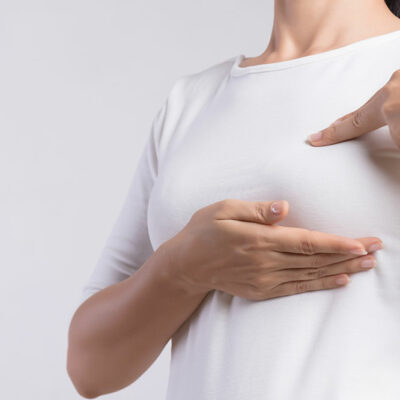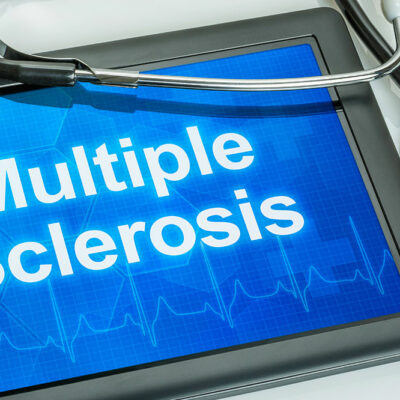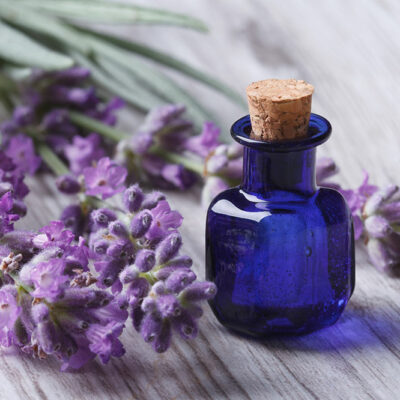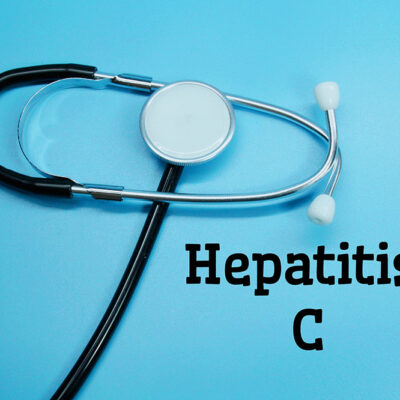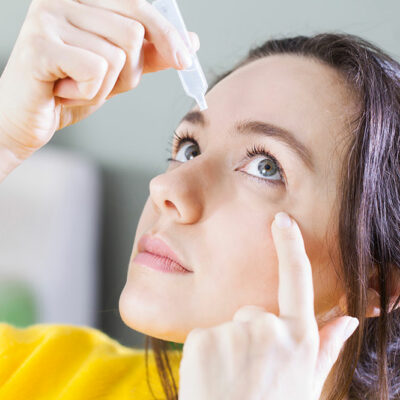
Health
Ways to Stop Excessive Sweating
Hyperhidrosis or excessive sweating is different from the sweating you experience as an outcome of exercise or heat. In this disease, sweat can drips off your hands and soak your clothes. This can be a cause of embarrassment and social anxiety. So, how to stop heavy sweating? Read below to find out. Treatment options 1. Apply antiperspirant before going to bed Antiperspirants block sweat ducts, preventing sweat from reaching the skin’s surface. This does not stop heavy sweating, but it won’t appear on the skin. Deodorants mask the smell produced by the bacteria on sweating. Some antiperspirants also have deodorants in them. For best results, ensure that your underarms are dry and clean when you apply antiperspirant. You can reapply before sleeping as they take time to be effective. Regular application can assure positive results soon. 2. Botulinum toxin injection This treatment can temporarily block nerves that trigger sweating. The skin is first anesthetized, following which botulinum toxin is injected into the affected area. This treatment stays effective for 6 to 12 months. Following this, the process needs to be repeated. It is a painful treatment and can cause muscle weakness. 3. Iontophoresis (the no-sweat machine) This is the best treatment option if heavy sweating affects your feet or/and hands.
Read More 